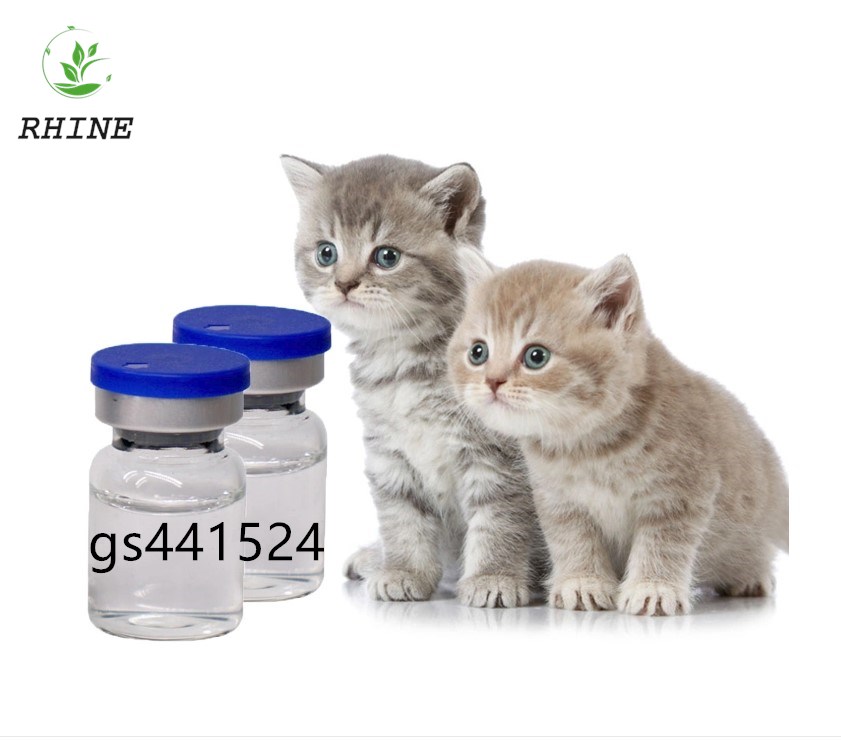Mango is one of the main industries in Youjiang District. In 2013, mango planted an area of ​​14,007,700 acres. Mango anthracnose is one of the diseases that can occur in the whole growth period of mango in Youjiang District. The disease mainly affects young shoots, young leaves, spikes and young fruit, among which flowering ears and young fruit are particularly susceptible to infection. After the young leaves became sick, many round brown dots appeared, surrounded by yellow haloes, and gradually expanded into round, polygonal or irregular brown lesions. After the rupture, the leaves and young fruits were gnat-mosquitoes, leafhoppers, etc. Damage caused by the wound is also susceptible to the disease. Severely susceptible leaves are easy to bend, leaf tip and leaf margin often scorch, diseased leaves are easy to fall off. After the shoots became sick, black spots formed and then gradually dried off. Some small spots appeared after the diseased flower spikes, and finally turned black and rotted, causing burnt, fruit drop. The fruit can be susceptible throughout the growing period. The young fruit becomes deformed and dark and falls off. After the larger fruit is damaged, a dark brown round spot forms on the peel. The center is subsidence, the disease department is stiff and metamorphosed. When the weather is wet, the disease minister produces pink. Color sticky material. In addition to the harm of mango growth period, the disease continues to jeopardize the storage and transportation of fruit, resulting in a lot of rotten fruit. The optimum temperature for pathogenic bacteria sporulation and pathogenic bacteria growth and development is 22~30°C. At present, the weather and climate conditions in Youjiang District are most suitable for the growth of pathogenic bacteria, and mangoes are also susceptible to the infection period from flowering to young fruit. .
According to the conditions of the disease, the following prevention measures should be done: 1. Combine pruning and cut out some diseased leaves to reduce the source of the disease. 2, to prevent the main, protect the young shoots, spikes and young fruit, to reduce the number of pathogenic bases in the field, sunny and timely spraying protective agents, flowering, results and early stage of the withdrawal, the early onset, the choice of Amisida, ether Bacterial, Baitai, Kairun, diniconazole wettable powder, and medicaments are used alternately. Spray 1 time before flowering, the beginning of the opening of the floret, spraying once every 7-10 days, and spraying 1 or 2 times. Spraying once a week during the flowering period, the agent used chlorothalonil 600 times, 50% carbendazim 500 times, 70% thiophanate-methyl 800 times, 40% diarrhea 400 times, 25% Shi Baoke Emulsion 1000 times liquid (bud period), 20% chlorine copper lactate 600 times liquid (overcast days). At the same time, applying 0.2%-0.3% potassium dihydrogen phosphate, urea, and borax-protecting flower-preserving agent for 2-3 times every 7-10 days will effectively enhance the plant's resistance to disease. The results are sprayed once every half month, and the following pesticides can be used alternately: 70% thiophanate-methyl 700 times, 1:1: 100 Bordeaux, 75% chlorothalonil 600 times, and 25% sorboca 800 times Liquid, 20% Chlorinated copper oil 500 times. After sowing, soak the fruit in 70% thiophanate-methyl 1000-fold (water temperature 52-54°C) for 15 minutes, then lift it and put it in a ventilated place to dry it, or let it sweat for two days, use a carton or Bamboo baskets are packed or moved into a low-temperature controlled atmosphere store.
Veterinary Drugs: refers to substances (including medicated feed additives) used to prevent, treat, diagnose animal diseases or purposefully regulate animal physiological functions.
Veterinary drugs mainly include: serum products, microecological products, Chinese herbal medicines, proprietary Chinese medicines, chemicals, antibiotics, and topical pesticides, disinfectants, etc.

Veterinary Drugs,Veterinary Medicine,Veterinary Injectable Drugs,Veterinary Pharmaceutical Drugs
XI AN RHINE BIOLOGICAL TECHNOLOGY CO.,LTD , https://www.rhinebioteches.com